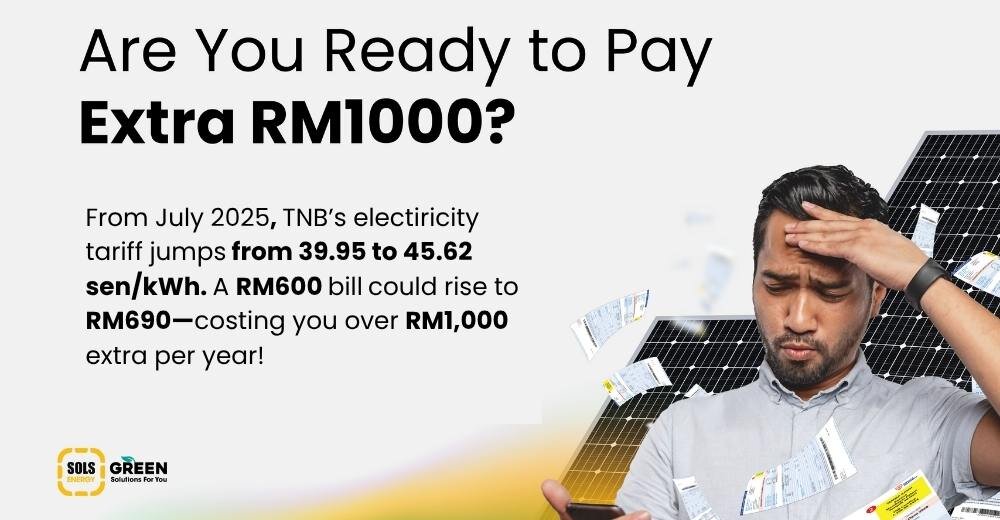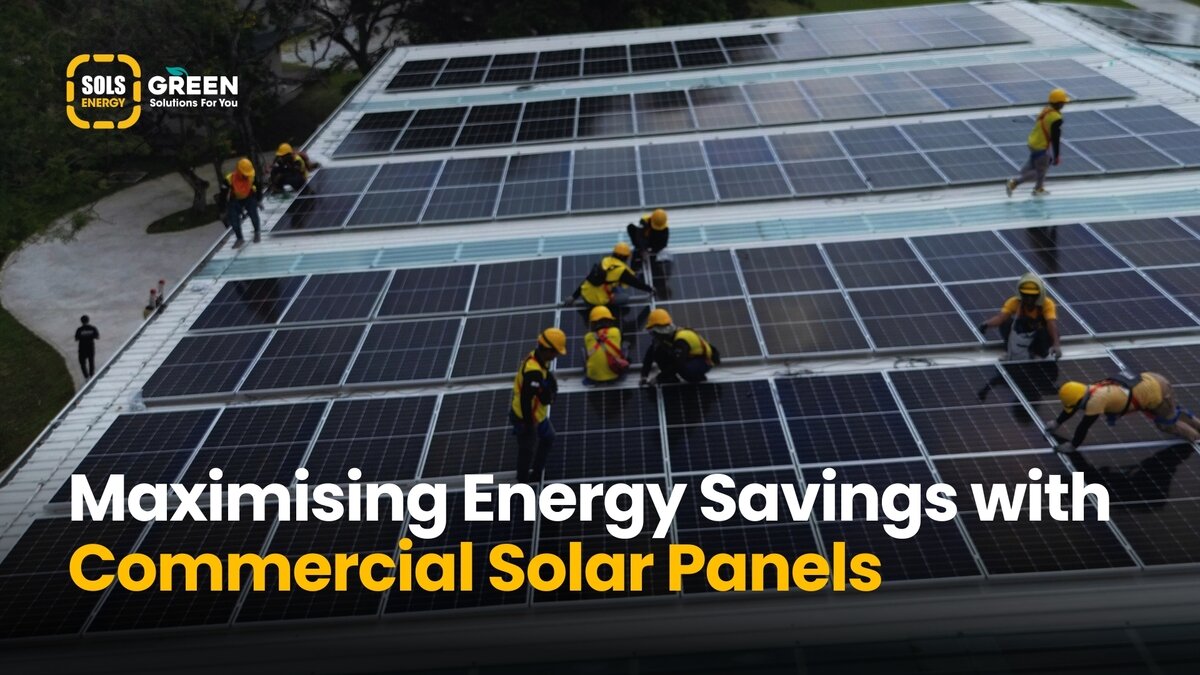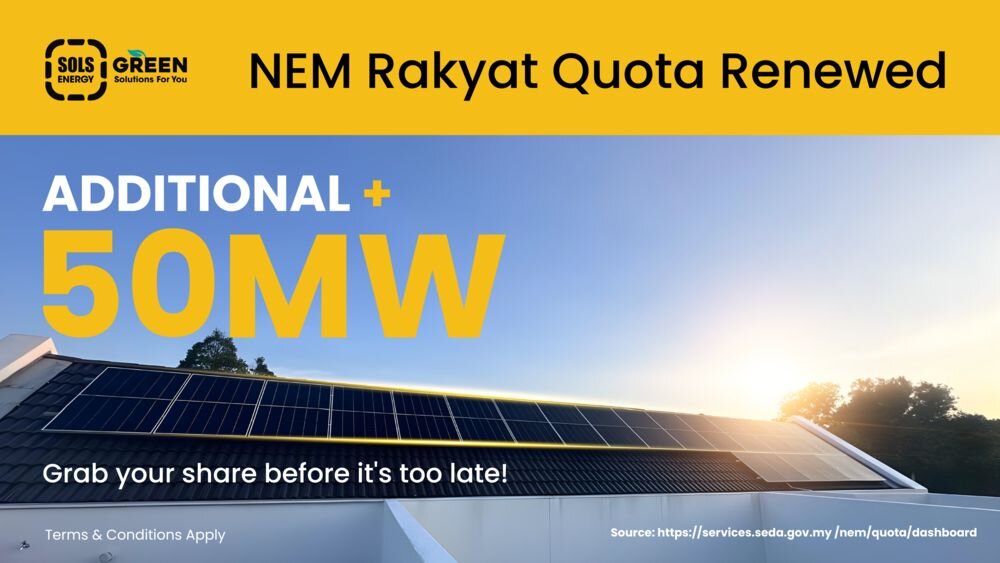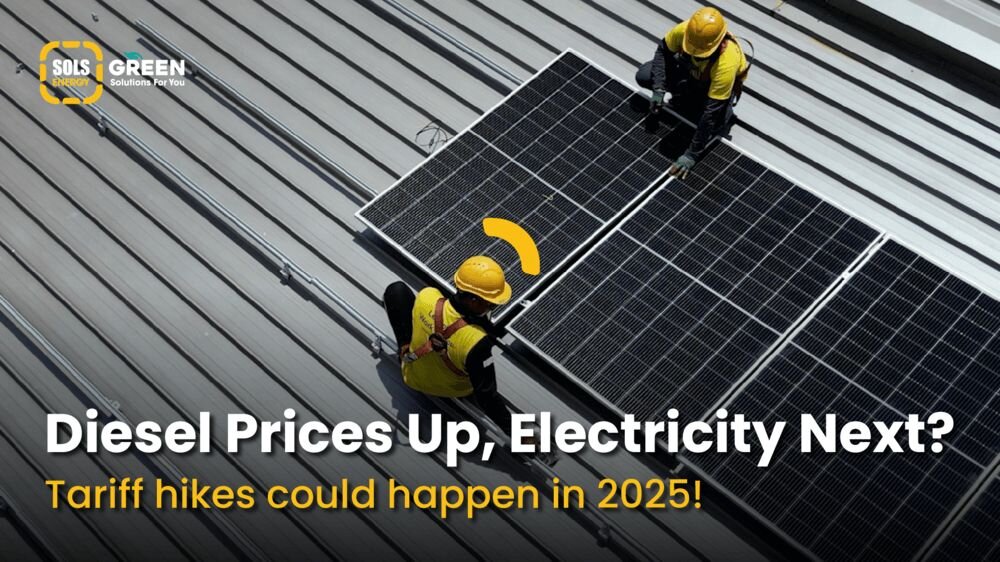Advantages of Solar Power
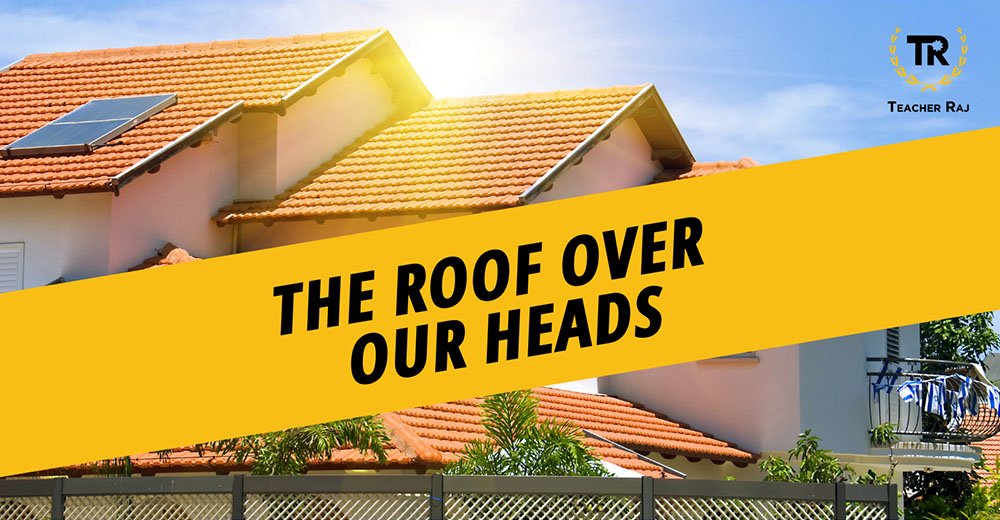
Energy is more than just the electricity we need to turn the lights on, or to heat water. We may be aware that energy is a basic need that is necessary for us to be able to function daily, but it’s capacity and role goes far beyond that.
Energy plays a key role in development – it is the cornerstone. Without energy, there can be no development. Without energy, there will be no construction, manufacturing, or assembly. It is with the dawn of industrialisation that coal plants began to mushroom; it was a cheap way to produce energy, and coal was in abundance. Coal power enabled rapid progress and modernisation through the 1800s, although it did not come without cost both to humankind and the earth.
The emergence of oil and gas as another source meant more advancements would be made. The world’s dependence on fossil fuels continues to grow. But along with development and technological advancements came other avenues for energy – power from the sun, wind, and water.
Solar power in particular, is not a recent technology. It has been around for about 60 years. It even powers satellites in orbit. It is a proven alternative, and the technology keeps on improving with time. But we have yet to harness this power in an extensive manner, although some countries (often wealthy, and developed) have utilised it more widely than most.
If we look at our own country, Malaysia – situated on the equator where the sun shines reliably (and on many days, intensely) – solar power makes sense. According to the previous Minister of Energy, there are 2.2 million roofs in the country that can potentially generate solar power.
“The potential, especially in urban areas where there are tall buildings with significant rooftop estate, is vast.”
An article by the Boston Consulting Group suggests that the country’s educational institutions hold a particularly lucrative opportunity, with the “combined capacity potential of schools and universities accounting for almost 90% of the total 4.4GW rooftop potential”.
This largely yet-to-be tapped source of power, if tapped properly, can begin to turn the tide against reliance on fossil fuels. What holds us back from unlocking this potential?
The suitability of a roof in its design and structure is a key factor, and the bigger, the better – the size needs to justify the initial cost and deliver financial returns. But identifying (or factoring it into future buildings) appropriate roofs seems easy enough in comparison to the bigger roadblock – money.
Solar power seems to mostly remain, tragically, in the domain of the rich. The initial set up cost is high, pricing out 90% of Malaysians who will not be able to afford it upfront. While the initial cost is high, it is an investment that will pay off well over time.
It is also no secret that energy is largely controlled by corporations that want to maintain a hold. People going about installing solar panels on their roofs is not exactly beneficial to them. However, without low-cost options and readily available financing for the average Malaysian, we are not able to take control of our energy. It is the same with other large investments in life such as cars and houses.
Another appeal of solar power is the possibility of selling excess power back into the grid. However, prices offered for this are generally lower than grid electricity tariffs, at least in this region. This decreases motivation for people looking to make the change.
“The move towards renewables is the most logical thing to do in the face of a climate crisis and an increasingly polluted world.”
But making this decision cannot be based on morals alone – the finances must make sense. The government has made some steps to encourage embracing renewables, one of which is the introduction of Net Energy Metering Scheme (NEM) in November 2016, with NEM 3.0 for 2021-2023, to encourage individuals, businesses, and government agencies to install solar panels. This scheme allows excess solar PV-generated energy to be exported back into the grid on a “one-on-one” offset basis.
In addition, there is also the Green Electricity Tariff (GET) programme which was launched in November 2021. Its objective is to encourage consumers to reduce carbon emissions by purchasing up to 4500 GWH of renewable energy.
“These are positive steps, but much more can, and should be, done, not just by the government, but by individuals, corporations, and banks.”
Let’s look up, and look at the roofs over our heads, and see the tremendous opportunity that it holds.
Let Us Customize Your Solar
Fill in this form to claim your Free Power Study worth RM499.


